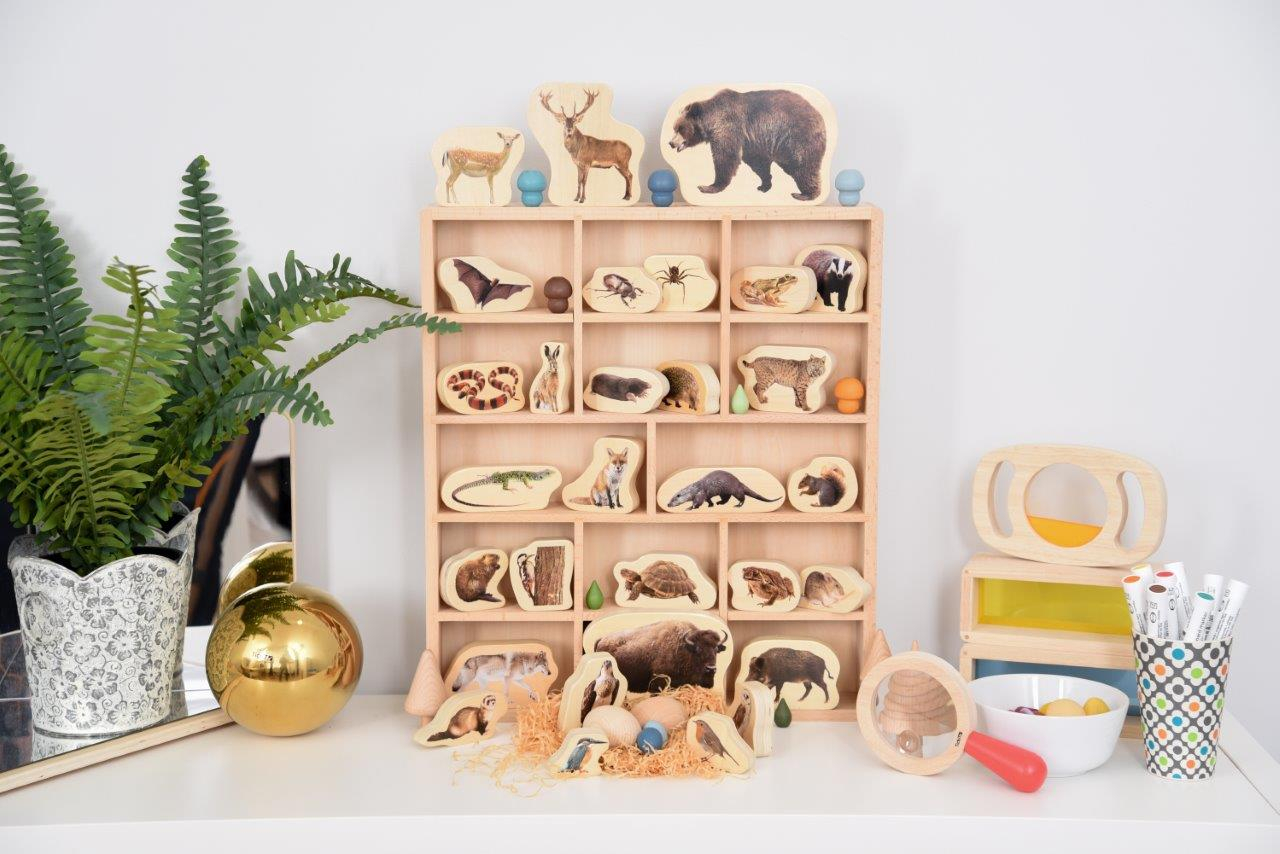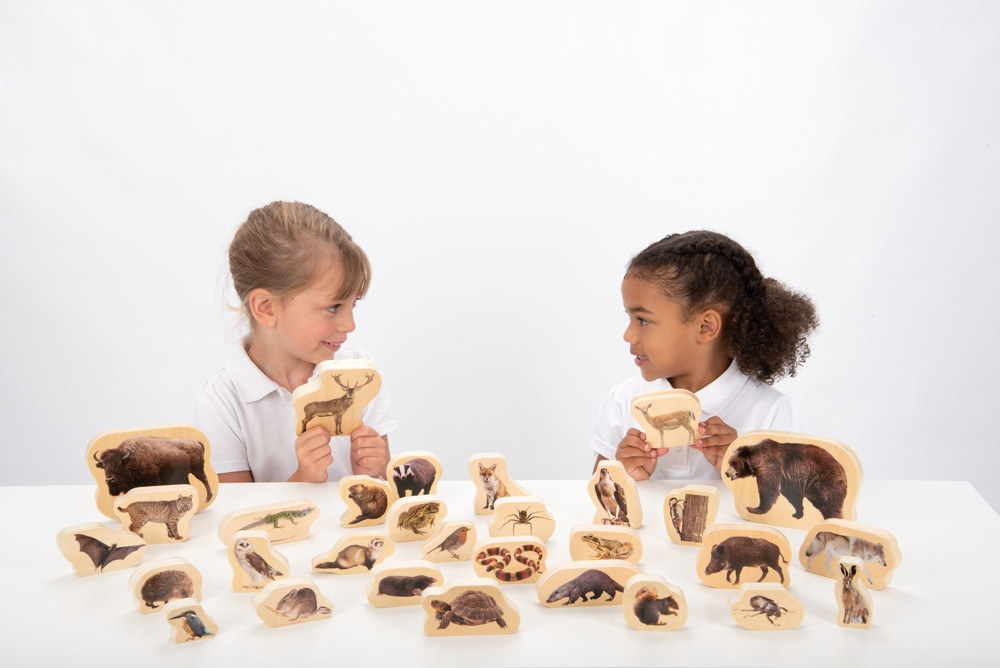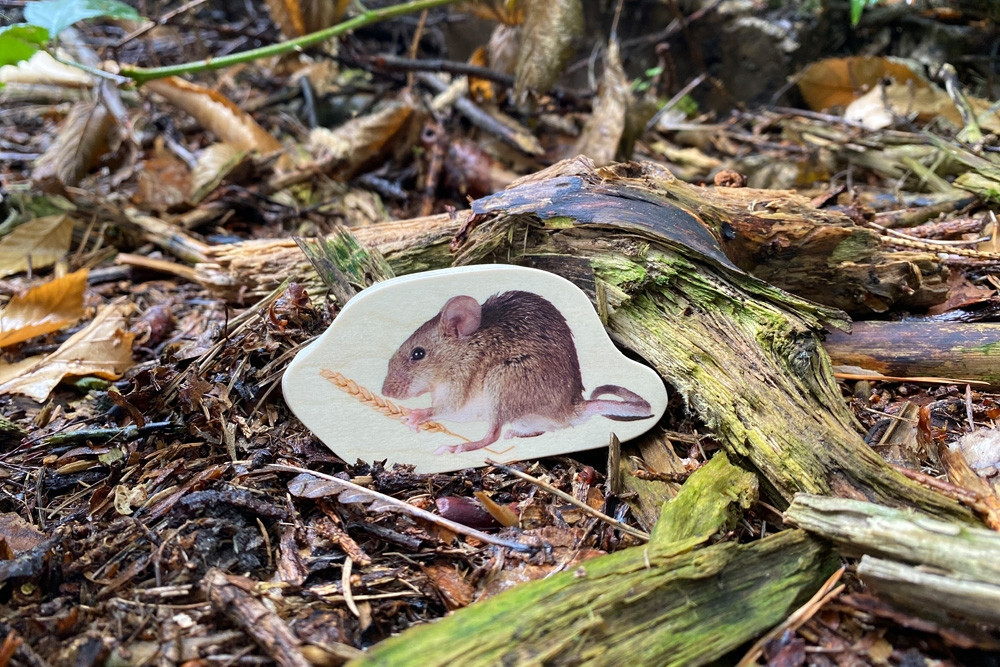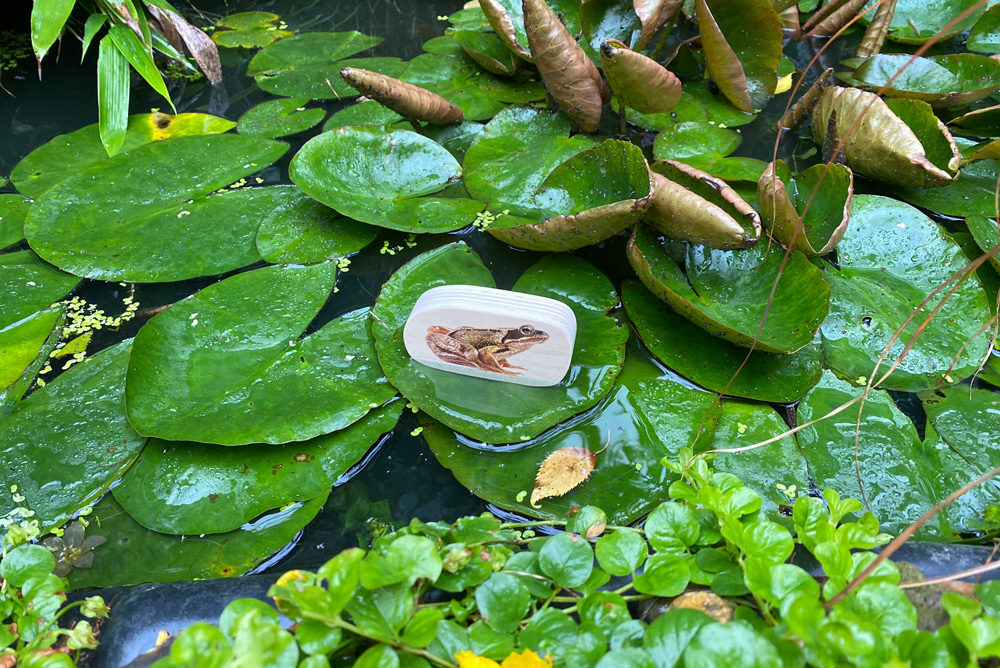TickiT Wooden Forest Animal Blocks come as a generous set of 30 chunky wooden blocks, printed on each size with real photographic images of wild animals found in forests, rivers and woodlands around the world.
The highly detailed photography means children will learn to correctly recognise and identify a range of animals and their physical characteristics more accurately than from line drawings or stylised pictures more commonly used in children’s animal resources. Because the blocks are made from solid wood, they will last years in a childcare setting or home and are more durable than card or paper alternatives.
We’ve received valuable feedback from a range of early years settings to provide 10 learning activities around this wonderful set:
1. Early Years Stories
Using the animal blocks as an aid to story-telling will help bring the characters to life through imagery and sound.
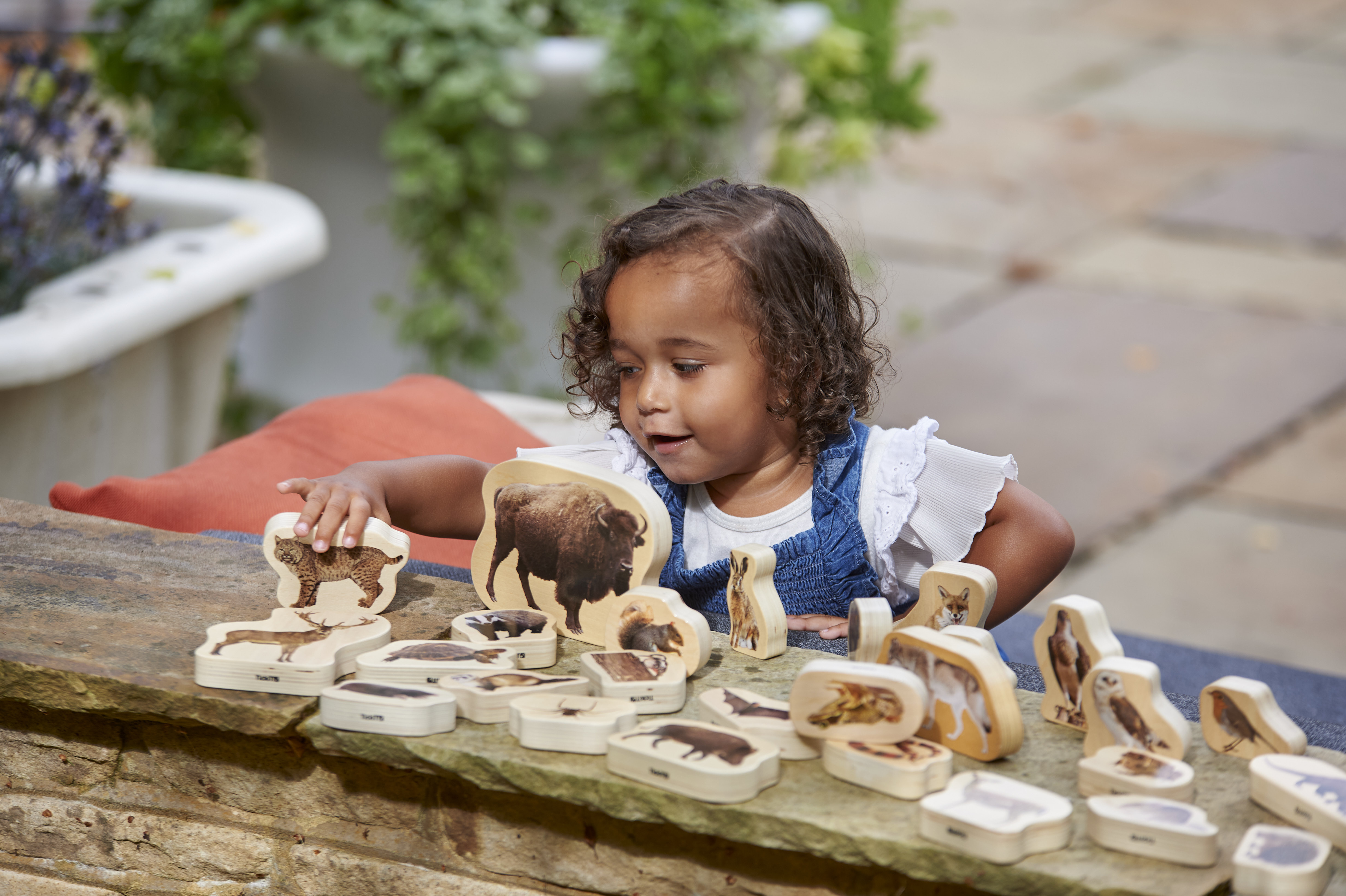
2. Songs & Rhymes
They can also be used to accompany songs and rhymes, helping to build vocabulary through music and rhythm.
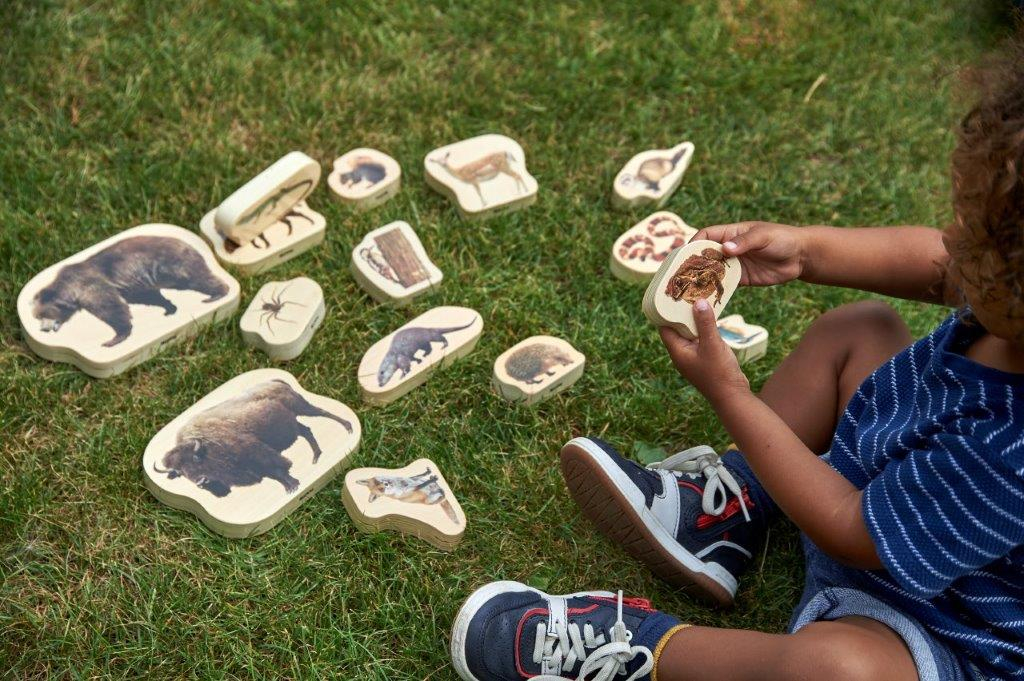
3. Small World Play
The animal blocks are perfect for small world play, for example they were combined with a wooden train set in one setting: the children took the animals they felt would be found in woodlands near a railway, such as the deer and rabbit, and invented a game where the animals needed rescuing from a train track.
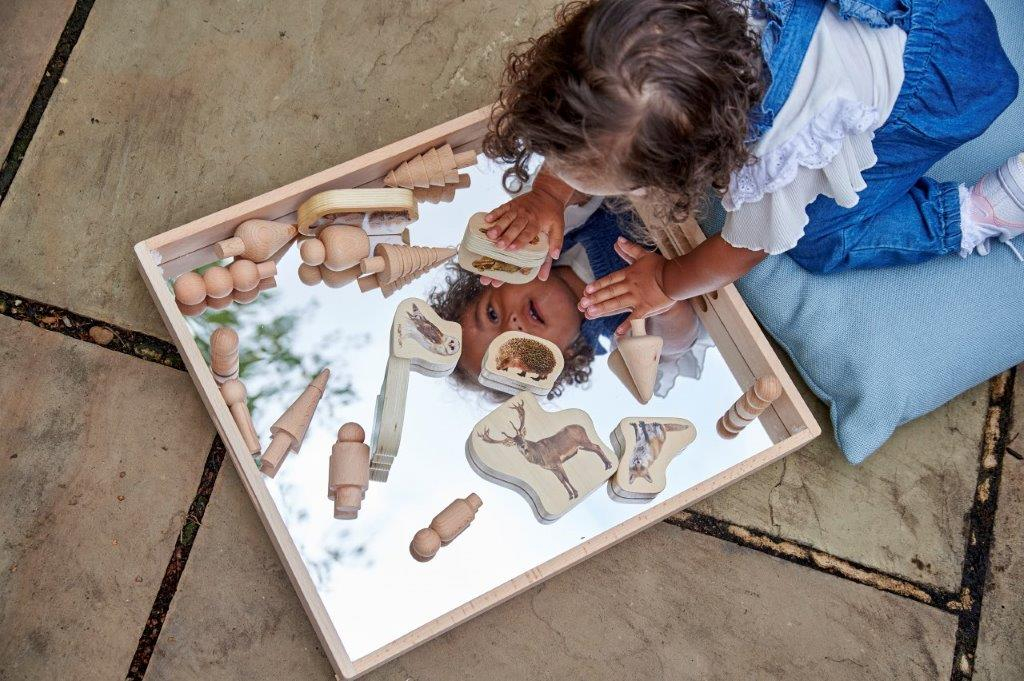
4. Descriptive Language
The TickiT Froest Animals Set is a great resource or inspiring descirptive language through small world play and scene setting, for example children can use the set with our TickiT Wooden Architect Panels: the panels could be set up as tents with the bear walking around looking for food. Practitioners can start a conversation about where bears are found, where they would normally find their food and why they might approach a campsite. This can be extended for children to create different scenarios ands scenes for the other animals in the set, for example children could create a nest for a snake. This will encourage discussions about what the animals are doing and why, where they live and wht they eat, and so developing their descriptive language skills and learning to link sentences.

5. Early Science
Fascinating natural science can be introduced into the learning of our young children. By using the TickiT Wooden Forest Animal Blocks in their play, children can safely explore the animal world, including which animals are found in different countries, what they eat, what their habitats are like and what sounds they make. Having a tactile block that children can manipulate and incorporate into play can inspire further interest and concentration on the subject.

6. Size and Measurement
The animal blocks can also be used to open discussions and build vocabulary around size. The blocks vary in size, relative to the animal they feature. For example, the bison is very large while the beetle is small. Children can put the animals in order from smallest to largest, cementing an early understanding of size and ordering which are key areas of mathematical learning, or to put size in relevance and build comparative language, or example the bear is the width of five hummingbirds.
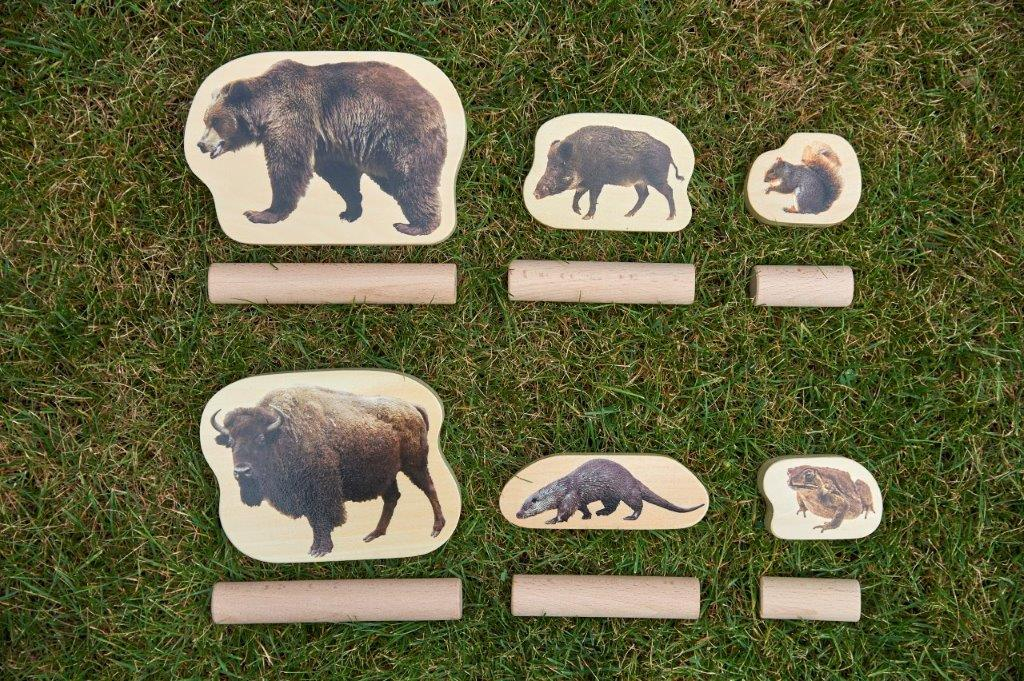
7. Exploration
At just the right size for small children to hold, the blocks are ideal for taking on nature walks to further bring the pictures to life and inspire early science learning. Start conversations around which animals live in woodland, for example, and then select the right blocks to take on a woodland walk. Children could then look for signs of each animal and their habitats. Such as, can they find a spider’s web, a rabbit’s burrow, a bird’s nest or a pond? Can they spot any of the animals, perhaps a squirrel, an owl, or a beetle? Why are they less likely to spot others, such as bats? Can they hear any of the animals, either their calls or the sounds they make when moving around? Why are some animals shy while others are happy to interact with people?


8. Art
With real photographic images on each side, the blocks also make fantastic art resources for children of all ages. The full set can be shared across a whole class, with a small selection placed in the middle of each shared table for children to paint, draw, talk or write about their favourite animal. They can discuss why they chose a specific animal and compare the facts or visual features that they have noted with their classmates. Why not try creating attractive fact sheets around each group of animals?


9. Animal Classification
Children use the blocks to learn about different types of animals: mammals, reptiles, birds, amphibians, insects and the detailed photographic images will help then to learn to identify their differences and similarities.
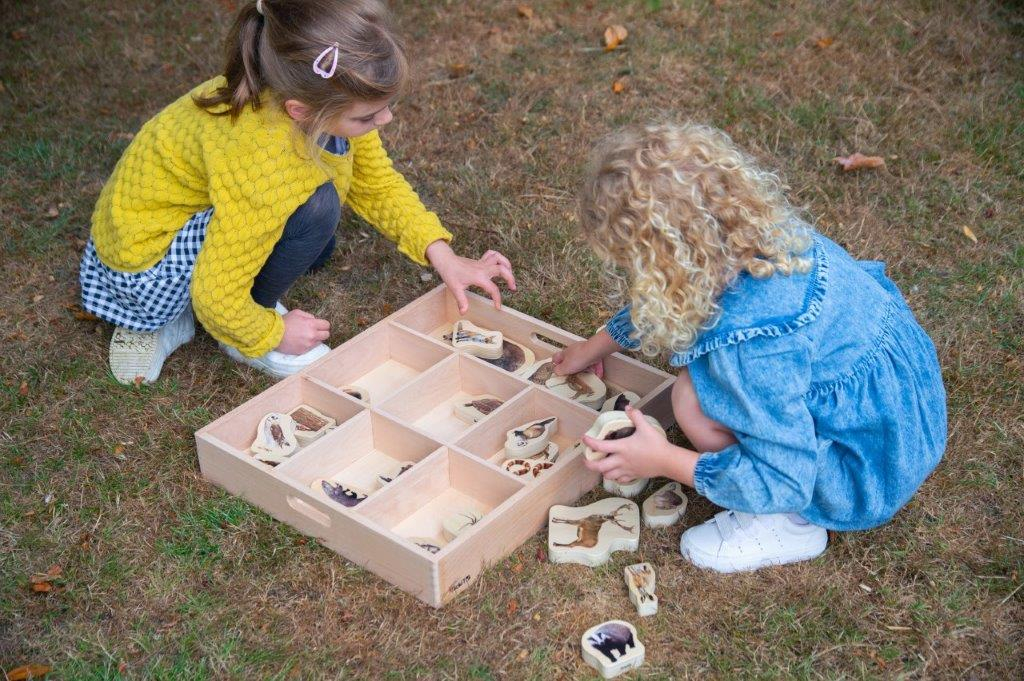
10. Displays
The animal blocks can also be used to build display scenes around areas of learning, such as oviparous animals and their habitats. In this instance the Robin, Kingfisher Woodpecker, Owl, and Osprey could be used along with examples of the nests they build to keep their eggs safe.
